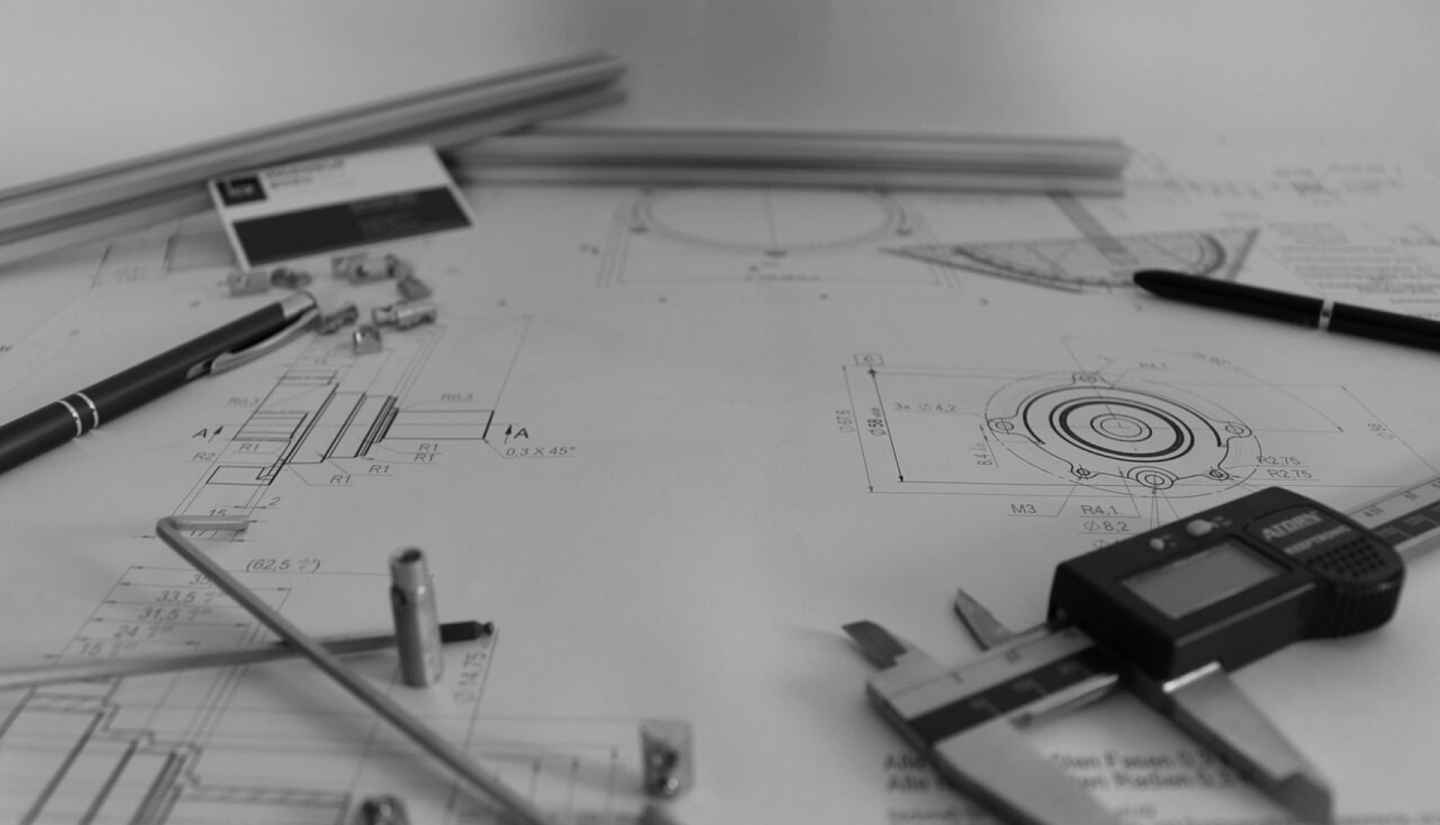Why GD&T
GD&T is an approach to design and manufacturing that helps designers, engineers, and inspectors to properly and clearly communicate. Modern-day designs are more and more complicated and intricate which means that the more accurate the drawing is, the more efficient the manufacturing, assembly, and quality control processes are. GD&T is a major help as it constrains the part or assembly on all six axes and defines maximum tolerances. Do you need a GD&T training course to learn these skills?
Next level skills
Designers and engineers are smart people but they are also very busy people. A well-designed course can help you get the information you need as quickly as possible. A good instructor ensures that you understand the approach thoroughly and can use it with confidence.
Leveling up your GD&T knowledge will:
- Save money – Courses are efficient and customized to you or your company’s needs.
- Fulfill Dimensioning and Tolerancing Requirements – GD&T applied at the design level is a more thorough and rigorous approach.
- Integrate with CAD software – We are not aware of any professional-level software that does not support GD&T, meaning you already have access to the symbols and tools you need.
- Get rid of guesswork – Will this piece work the way I want it to after the vendor manufactures it for me? When all parties are familiar with the GD&T process there are no more maybes.
When “maybe” isn’t good enough
You’re in a fast-moving, competitive industry and there is no room for error. There’s no room for parts that don’t fit together or work as they should. Importantly, GD&T answers the question of how far off a part can be from the nominal design and still work. This is especially important for critical or interchangeable parts and assemblies, not to mention OEM components.
This design approach uses symbols instead of lengthy and complicated notes. Symbols follow the standard interpretation according to ASME Y14.5M-2018 (previously ASME Y14.5M-2009). Properly interpreting GD&T symbols controls the manufacturing and inspection process. Similarly, it means that you have greater freedom in choosing manufacturers as the design can be properly understood by many.
What a GD&T training course should have
- How to accurately use and interpret symbols.
- Learn to read feature control frames and special conditions.
- How and when to implement datums, datum reference frames, and order of precedence.
- Teach an efficient inspection methodology.
- How to read composite feature control frames.
- Understand material condition modifiers.
- Up-to-date with ASME Y14.5m-2018 and reading pre-2018 designs
- An instructor with experience across different industries.
- Hands-on exercises with feedback.

GD&T makes opportunities
There are so many amazing things to design and make. Being proficient in GD&T, you will design better parts faster and make more accurate inspections. Your company will be pleased that you’re saving them time and money. As a vendor or manufacturer, you can speed up turnaround times and expand product lines. As your confidence and proficiency grow with GD&T, you’ll become more valuable as a designer, engineer, or inspector. Take a fundamental GD&T training course with Tolright to open opportunities for your career or company.



